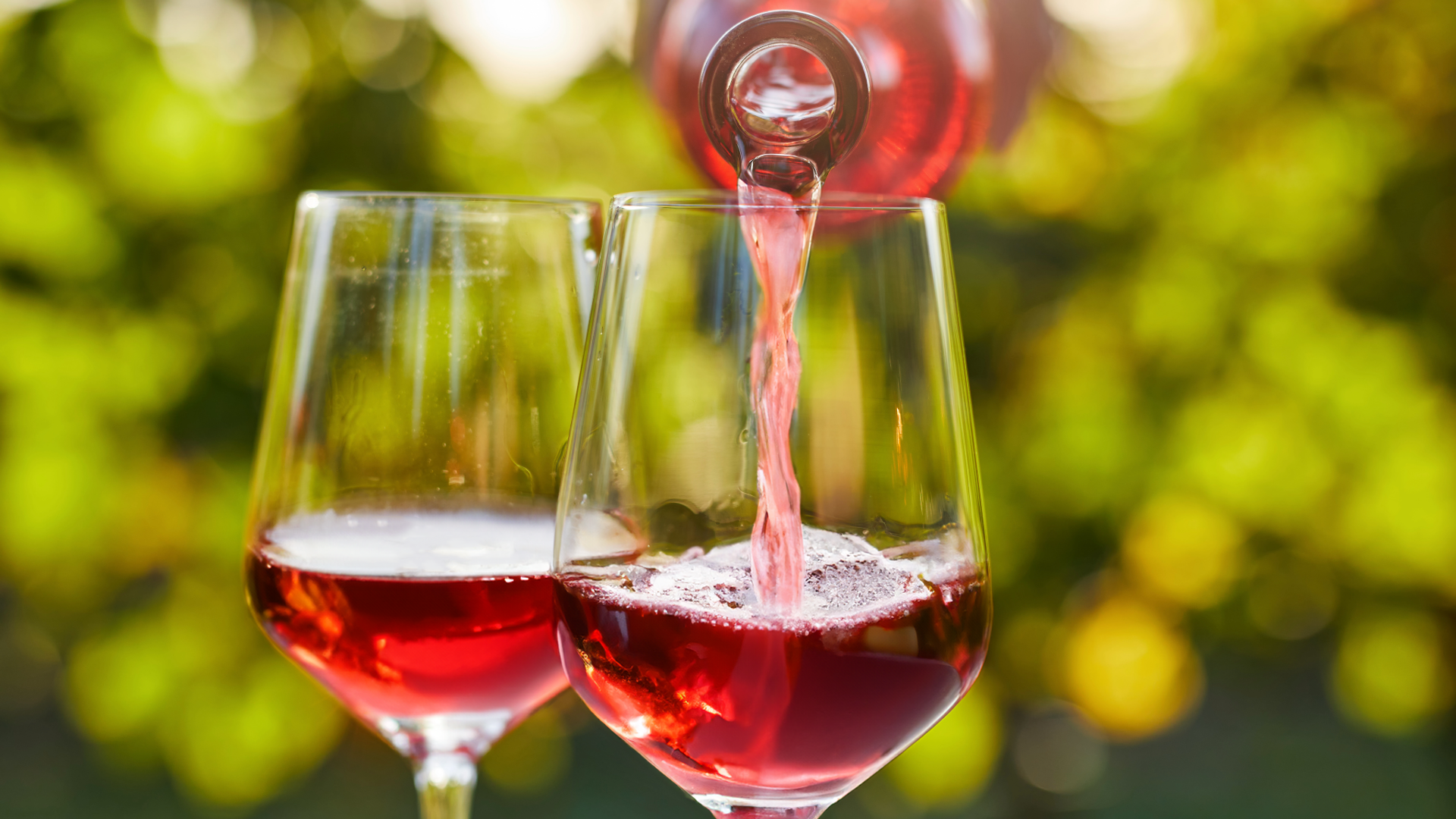The end of the world … are we there yet?
· By Bernard Mocke

If you think that the caption of this blog post is overly dramatic and ‘doomsdayish’, or maybe even a bit irreverent, then it’s time to wake up and smell the smoke from the various fires that are currently ravaging the Western Cape. Climate change is very real and threatens not only our existence, but also our way of life. And if you’re reading this, a part of your way of life is probably enjoying some good wine.
Global warming and its nasty side effects
Global warming, which falls under the umbrella of climate change, is caused to a large degree by human activity. If you haven’t seen the movie ‘An Inconvenient Truth’ yet, maybe check it out (not for the acting, though). It tells an alarming tale of our proclivity for messing up the place that we live in. I’m talking about earth. While a quick turnaround in saving our planet is impossible, there are fortunately some innovative measures winemakers can take to very rapidly maintain and even improve wine quality. So, what are some of the side effects of global warming that directly impact winemaking? And how can they be counteracted?
A fresh take on the pH and acidity conundrum
The long-term trend of lower acid concentrations in grape berries, which ultimately lead to higher wine pH, is a serious quality issue directly linked to global warming. While the addition of tartaric acid to juice can quickly remedy pH and acidity that is out of whack, it is so yesterday. A more modern solution is a yeast that produces significant levels of lactic acid at the onset of alcoholic fermentation. Zymaflore® OmegaLT, a selected strain of Lachancea thermotolerans, rapidly converts fermentable sugars to lactic acid. In favourable conditions within a sequential inoculation scenario, we’ve seen lactic acid concentrations in excess of 12 g/L. A more typical lactic acid concentration in a co-inoculation scenario is in the range of 1-3 g/L, which is quite handy considering the inhibition of MLF at concentrations above 3-4 g/L. Note that Zymaflore® OmegaLT is a weak fermenter, so it needs to buddy up with Saccharomyces cerevisiae which will finish AF. We’ve got something for that.
Rising alcohol levels – we’ve got something for that too
Another nasty side-effect of global warming is rising wine alcohol levels. Instead of removing alcohol from wine (there are various methods which you can read about here), how about using Zymaflore® Klima instead? This selected strain of Saccharomyces cerevisiae leads to an average reduction of 0.5 % in alcohol concentration. Commercial trials done in South Africa last year even saw a wine with a reduction of 1 % in alcohol concentration! And it keeps getting better … Zymaflore® Klima is also a nett producer of malic acid, so it adds freshness to the table as well.
Trust the microbial buddy system
It follows that a fantastic double whammy buddy system that addresses both acidity and alcohol would be the combined use of Zymaflore® OmegaLT and Zymaflore® Klima. Both yeasts are producers of organic acids (lactic and malic acid respectively), and both yeasts are also capable of lowering alcohol concentrations. Let’s crank things up another notch. The triumvirate of Zymaflore® OmegaLT, Zymaflore® Klima and Lactoenos® Berry Direct is a force to behold. As its name suggests, Lactoenos® Berry Direct is an MLF culture that enhances berry fruit expression. More importantly, this Oenococcus oeni strain also contributes to this whole acidity and freshness theme I’ve been harping on about. Its metabolism of citric acid in the Krebs cycle is minimal, thereby allowing it to add even more freshness.
Like the image says, there is no Planet B. So, we’re pretty much stuck on this big rock for now. Hopefully we can reverse some of the damage done to earth, but in the meanwhile winemakers will have to look towards science to treat the symptoms instead of the disease.
And now for those wondering what triumvirate means: ‘A group of three people who work together, especially when they are in charge of something.’
You’re welcome.



